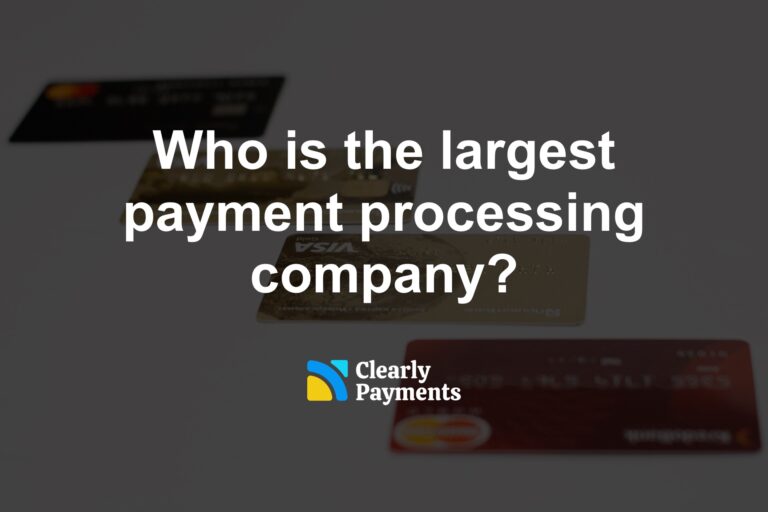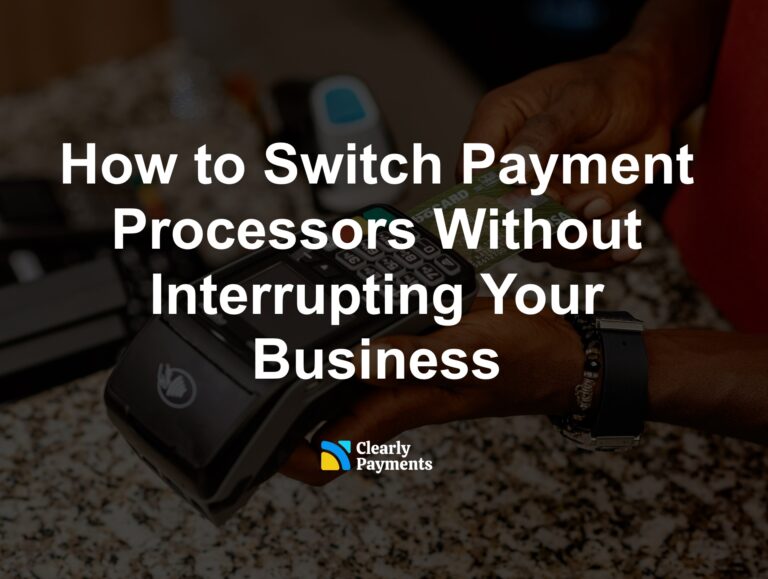Businesses need to pay an interchange fee for every credit card transaction. The interchange fee is the majority of the cost to businesses for payment processing. The businesses pay interchange fees, not the consumer. Many things can affect the interchange fee amount. First we will start off with a few basics of interchange fees.
What are interchange fees
Every time a credit card transaction is done (Visa, Mastercard, AMEX, etc.), the payment processor pays the cardholder’s bank an interchange fee. The business then pays the interchange fee back to the payment processor as part of the card processing fees. Interchange fees make up the largest part card processing fees. Read about the payment processing industry to get more details on how it works.
How much are interchange fees
On average, interchange fees are around 1.8% in North America. However, they generally range anywhere from 1.3% to 3.5%. It’s difficult to know the exact average amount because there are hundreds of interchange rates that differ across each credit card and each credit card brand has different interchange rates. In addition, they are regularly adjusted. For example, Visa and Mastercard publish new rates in April and October every year. You can view the interchange rates in Canada on Clearly Payments which we pull directly from the credit card brands.
Some credit card networks, including American Express and Discover, work slightly differently to Visa and Mastercard and don’t commonly publish their interchange rates online. This also makes it difficult to determine an average interchange fee.
Factors that determine your interchange rate
There are many factors that impact the interchange rate you pay. Here are some the main ones which may help you lower your credit card processing fees.
Credit card network
Each credit card network has different interchange rates: Visa, Mastercard, AMEX, and the others. Some generalizations are that fancier credit cards (i.e. rewards cards, black cards, etc) have higher fees. Another generalization is that AMEX tends to have the highest rates. Commercial or corporate credit cards also have higher rates than consumer credit cards.
Card-present vs card-not-present transactions
Card-present (CP) transactions, or in-person transactions, have lower interchange fees than card-not-present (CNP) transactions. The risk for fraud is much lower with in-person transactions than transactions done online or by phone. That’s the reason for higher interchange fees with CNP transactions.
Merchant category code (MCC)
Each business has a merchant category code (MCC) based on the type of business it is. Your payment processor will assign that MCC code in your profile and interchange rates based on that. In general, riskier business types (i.e. travel or future delivery) have higher interchange fees. Other businesses get lower rates based on the MCC such as charities, grocery stores, and utilities.
Cross border credit card transactions
The interchange fees are lower for transactions where the consumers’ credit card bank is in the same country as the business that it is purchasing from. For example, if a USA credit card is used at your Canadian store, the interchange fees may be higher.




